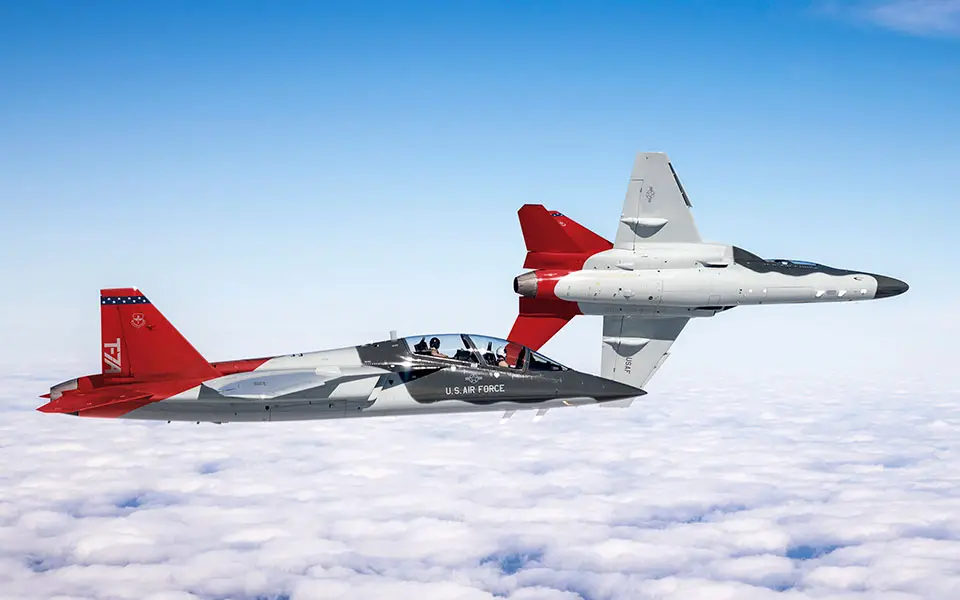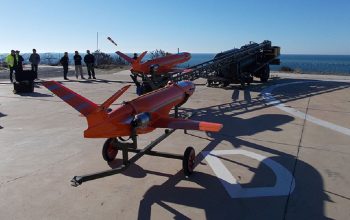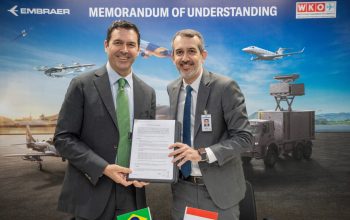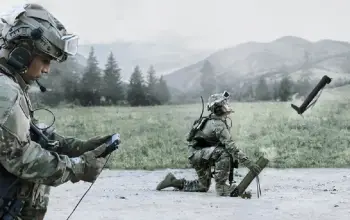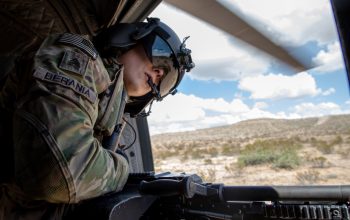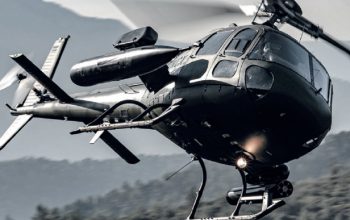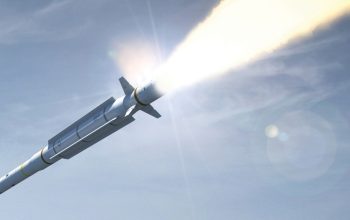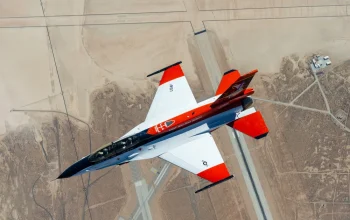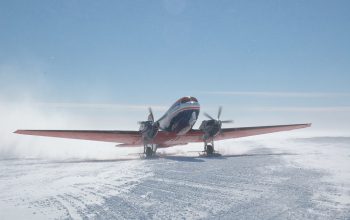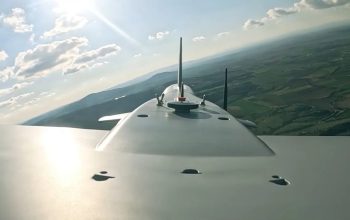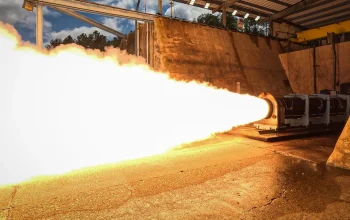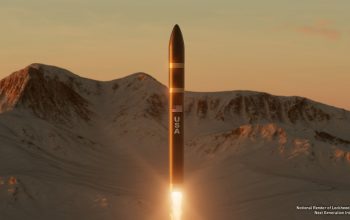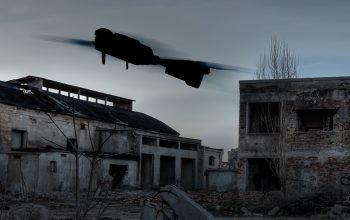The Air Force Life Cycle Management Center’s Mobility and Training Aircraft Directorate, is currently testing the On-Board Oxygen Generation System (OBOGS) that will go on the T-7 Red Hawk trainer. Designed to produce an unlimited supply of oxygen for pilots, OBOGS are a critical system for fighter and trainer aircraft. Working closely with the Air Force Research Laboratory’s 711th Human Performance Wing and AFLCMC’s Life Support Systems Scientific Test Analysis & Qualification (LSSSTAQ) Lab, the directorate is working to gather important data and ensure the system will properly operate and supply the pilots with oxygen.
The tests have been divided into three phases. The first phase was conducted at the LSSSTAQ lab and consisted of unmanned altitude chamber testing. The Scientific Test and Analysis Techniques Center of Excellence used design of experiments to assist in dynamic changing of parameters during testing runs. This allowed for 40 times more information to be collected on the T-7 OBOGS system compared to other platforms. In phase two, the team collaborated with the 711th Human Performance Wing, using their man-rated centrifuge and the newly man-rated Research Altitude Chambers to conduct manned and unmanned acceleration testing and manned altitude chamber testing. For this phase, volunteer U.S. Air Force pilots and volunteer human subject panel members were used.
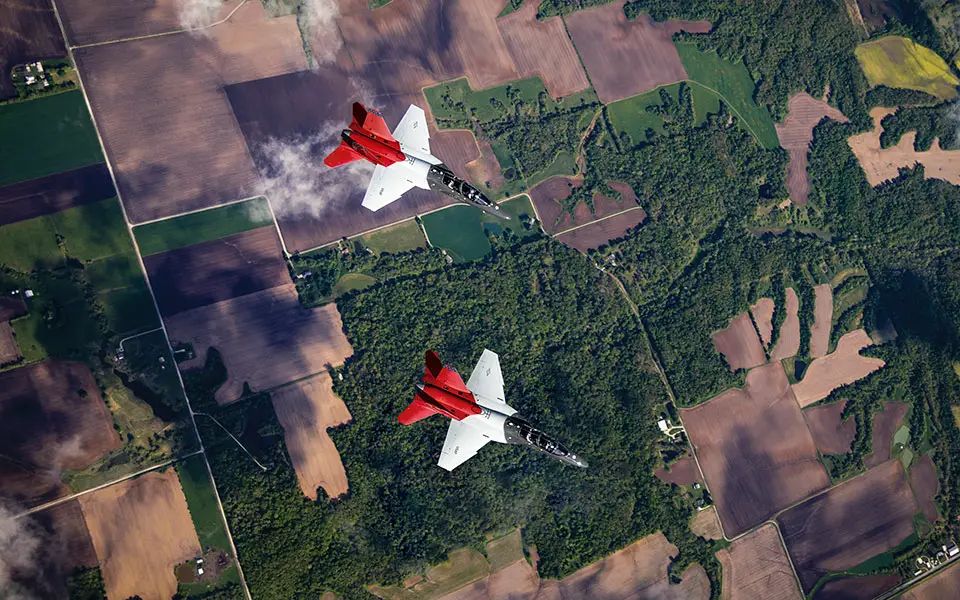 Boeing T-7A Red Hawk Jet Trainer
Boeing T-7A Red Hawk Jet Trainer
“We’re testing a brand new configuration of OBOGS. The configuration we’re going to be using on the T-7 has not been used on any other platform. With that manned altitude testing we did everything from BOS duration testing to breathing impedance testing, where we had subjects peddling on bicycles to simulate workload in the aircraft, to rapid decompression testing that covered the gamut of the operational envelope for the T-7,” said Jessica Allen, T-7A Crew Systems Lead with the directorate.
“The LSSSTAQ lab did an extensive job testing and challenging the system during the first phase, which gave us a high level of confidence moving forward into the manned testing phase,” said Maj. Daniel Catrambone, Research Physiology Operations Lead at the 711th Human Performance Wing.”
The U.S. Air Force had 18 different human subject panel members and 10 fighter pilot volunteers. Acceleration testing was performed in the centrifuge in gradual and rapid onset rates up to 8.5Gs. The third phase of testing is scheduled to begin in the near future in the LSSSTAQ lab and will be comprised of environmental testing. Upon completion of phase three, the OBOGS system will be installed onto five T-7 aircraft for flight testing later this year. The U.S. Air Force number one priority is to make sure that T-7 pilots are able to fly, land and carry out their training mission successfully. Therefore it is important that we ensure that the OBOGS work as intended.


